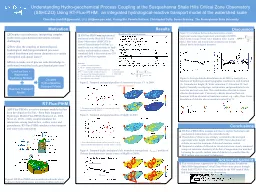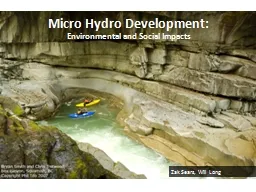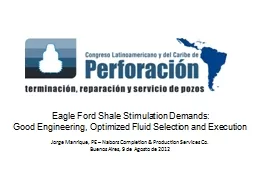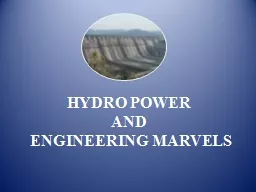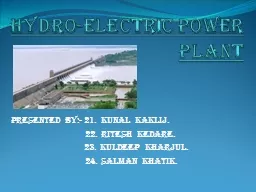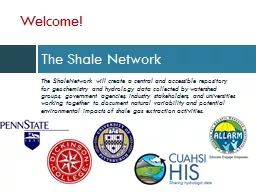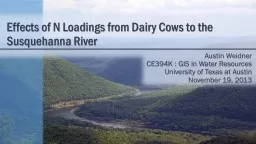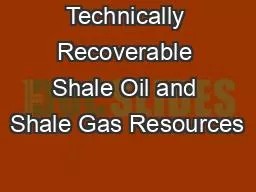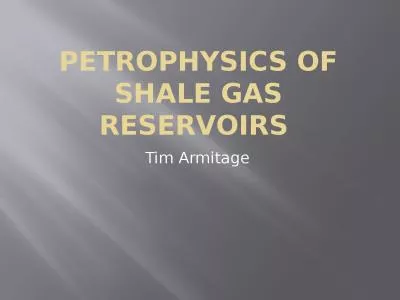PPT-Understanding Hydro-geochemical Process Coupling at the Susquehanna Shale Hills Critical
Author : mindeeli | Published Date : 2020-08-06
Using RTFluxPIHM an integrated hydrologicalreactive transport model at the watershed scale Chen Bao cub200psuedu Li Li lili emepsuedu Yuning Shi Pamela Sullivan
Presentation Embed Code
Download Presentation
Download Presentation The PPT/PDF document "Understanding Hydro-geochemical Process ..." is the property of its rightful owner. Permission is granted to download and print the materials on this website for personal, non-commercial use only, and to display it on your personal computer provided you do not modify the materials and that you retain all copyright notices contained in the materials. By downloading content from our website, you accept the terms of this agreement.
Understanding Hydro-geochemical Process Coupling at the Susquehanna Shale Hills Critical: Transcript
Download Rules Of Document
"Understanding Hydro-geochemical Process Coupling at the Susquehanna Shale Hills Critical"The content belongs to its owner. You may download and print it for personal use, without modification, and keep all copyright notices. By downloading, you agree to these terms.
Related Documents

